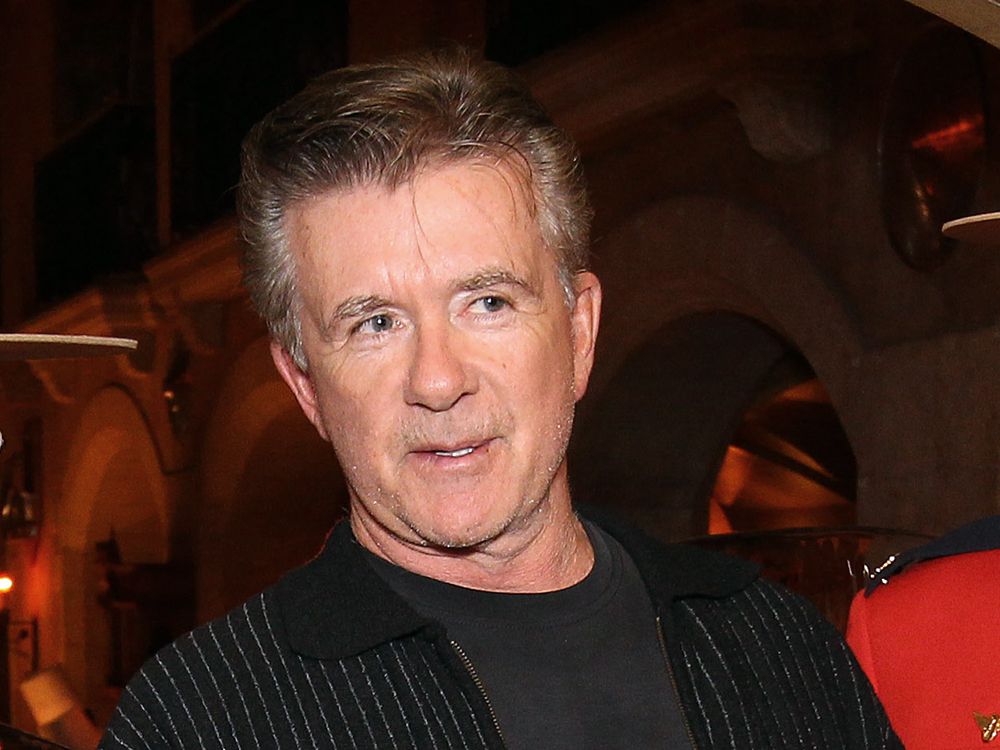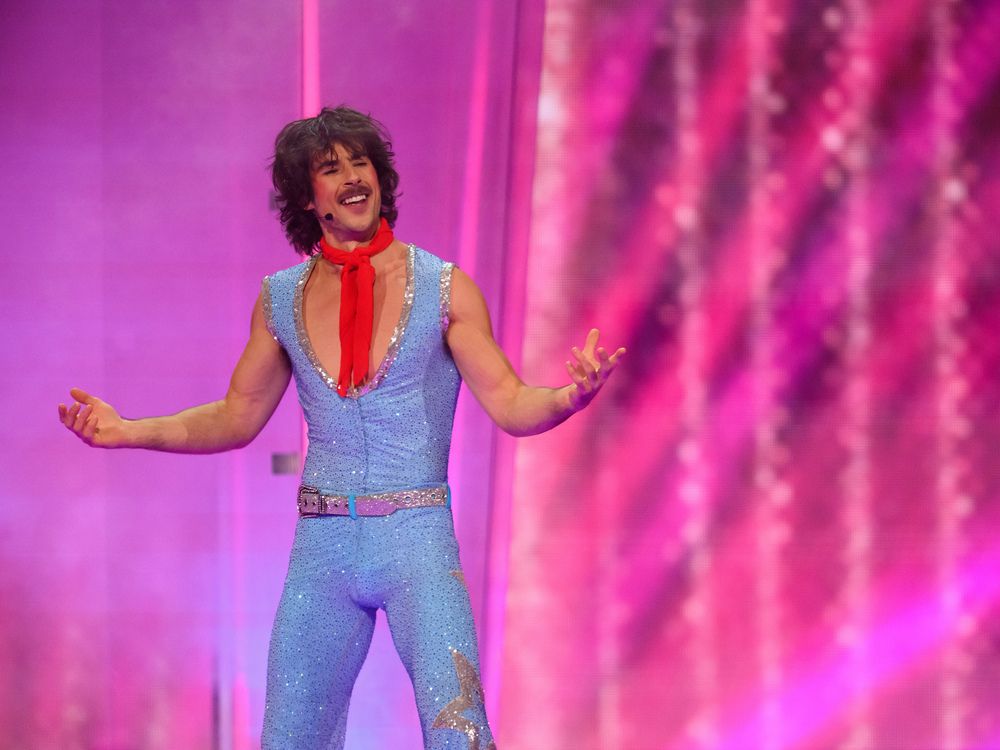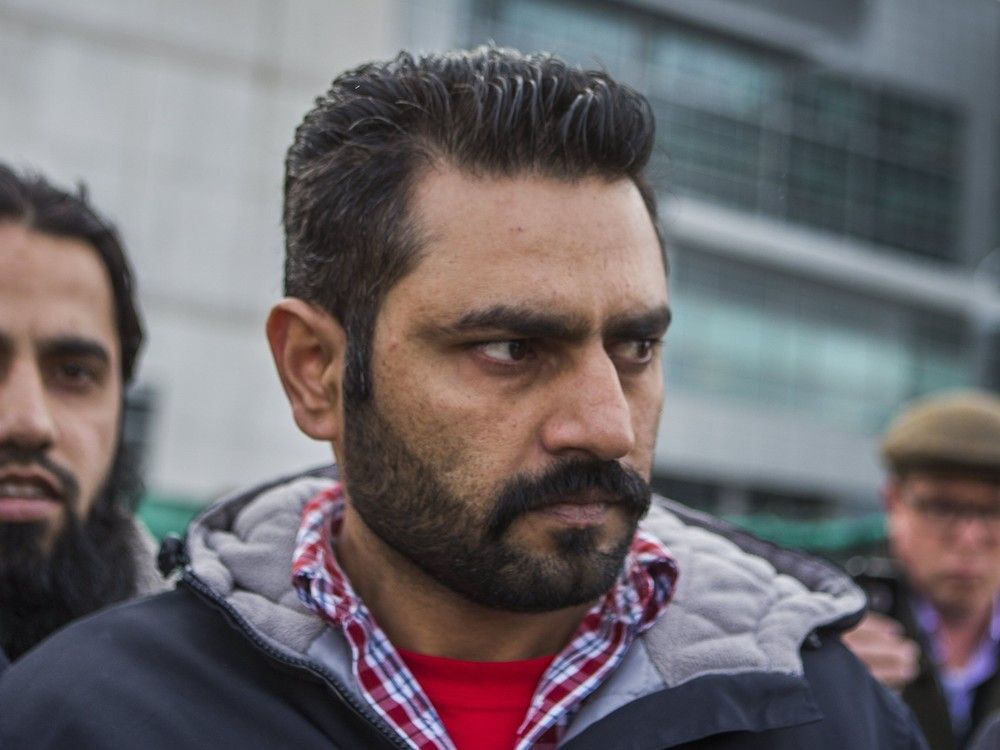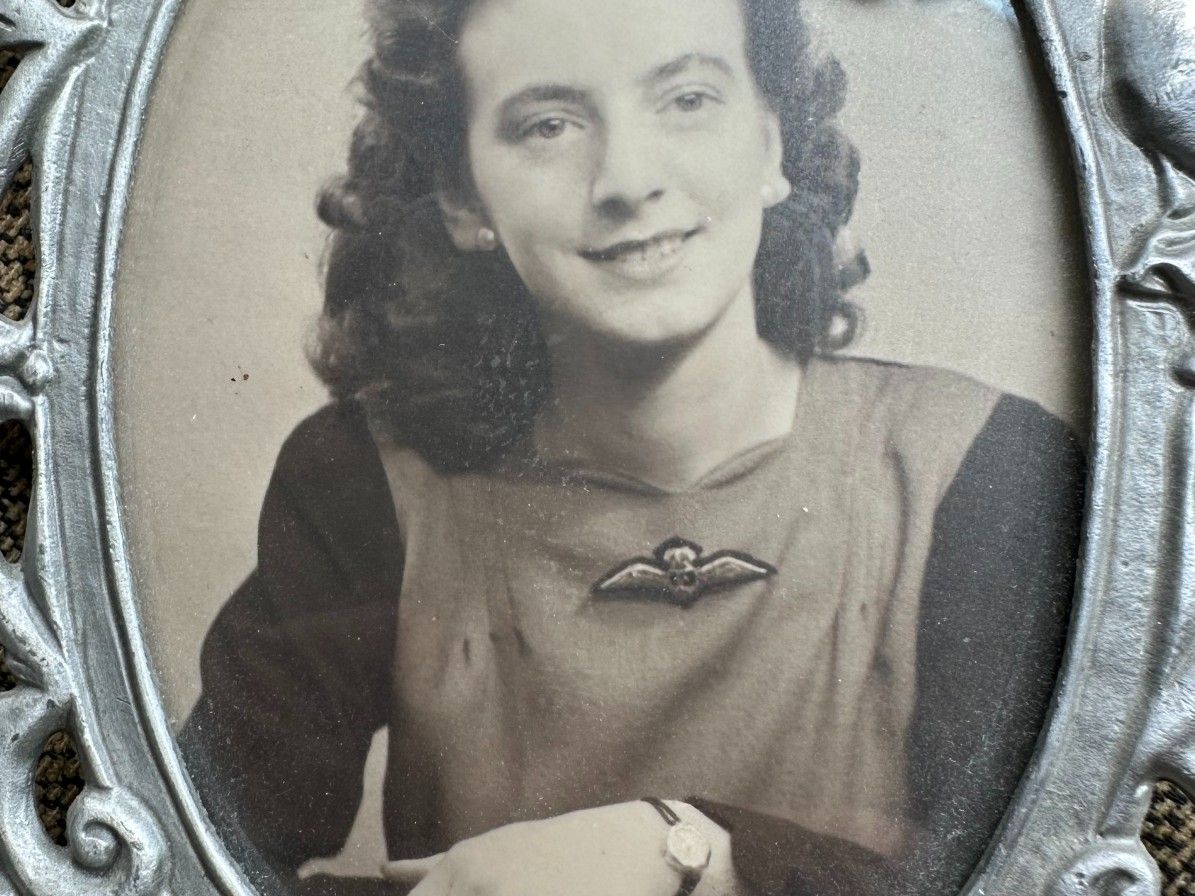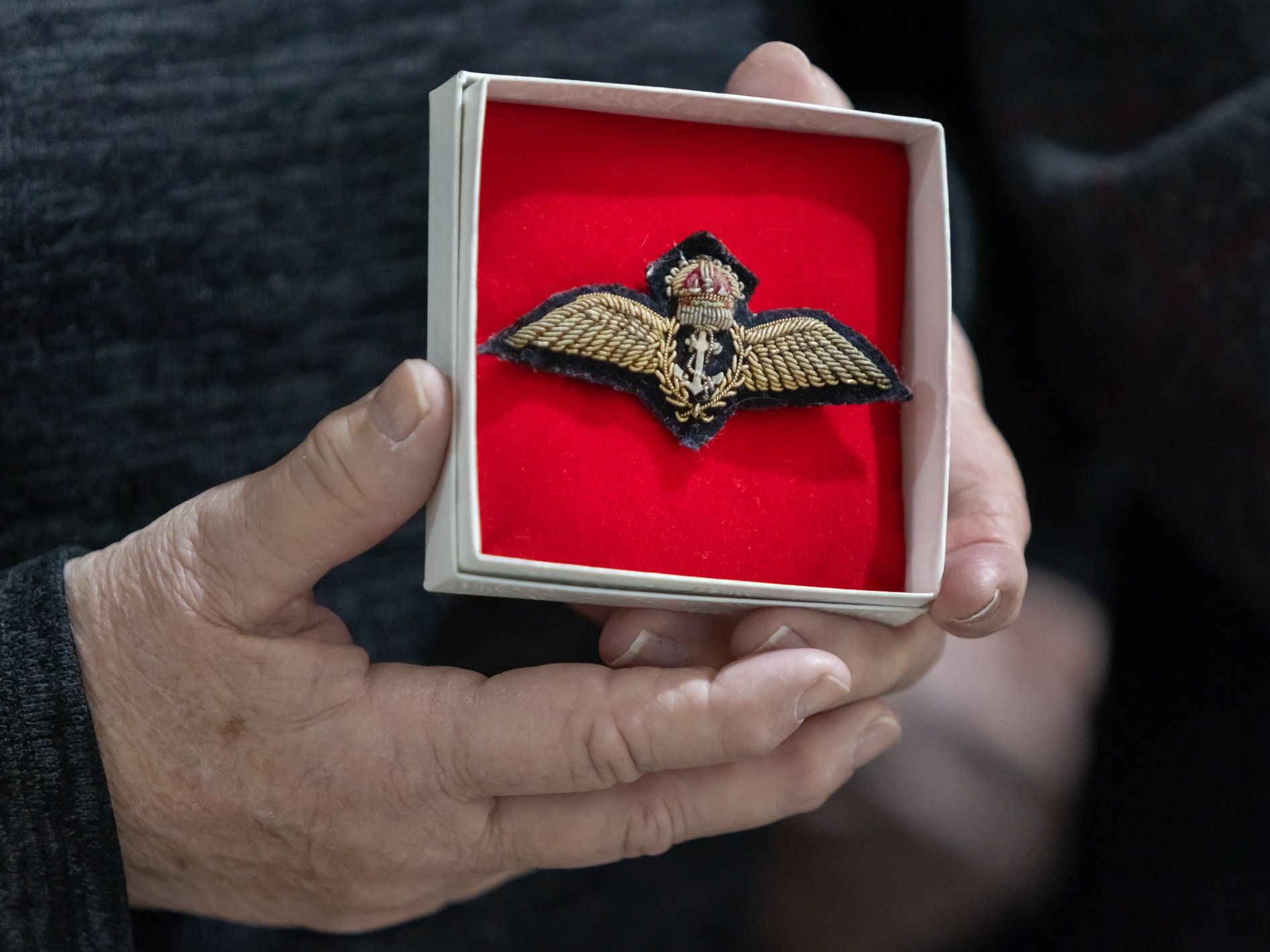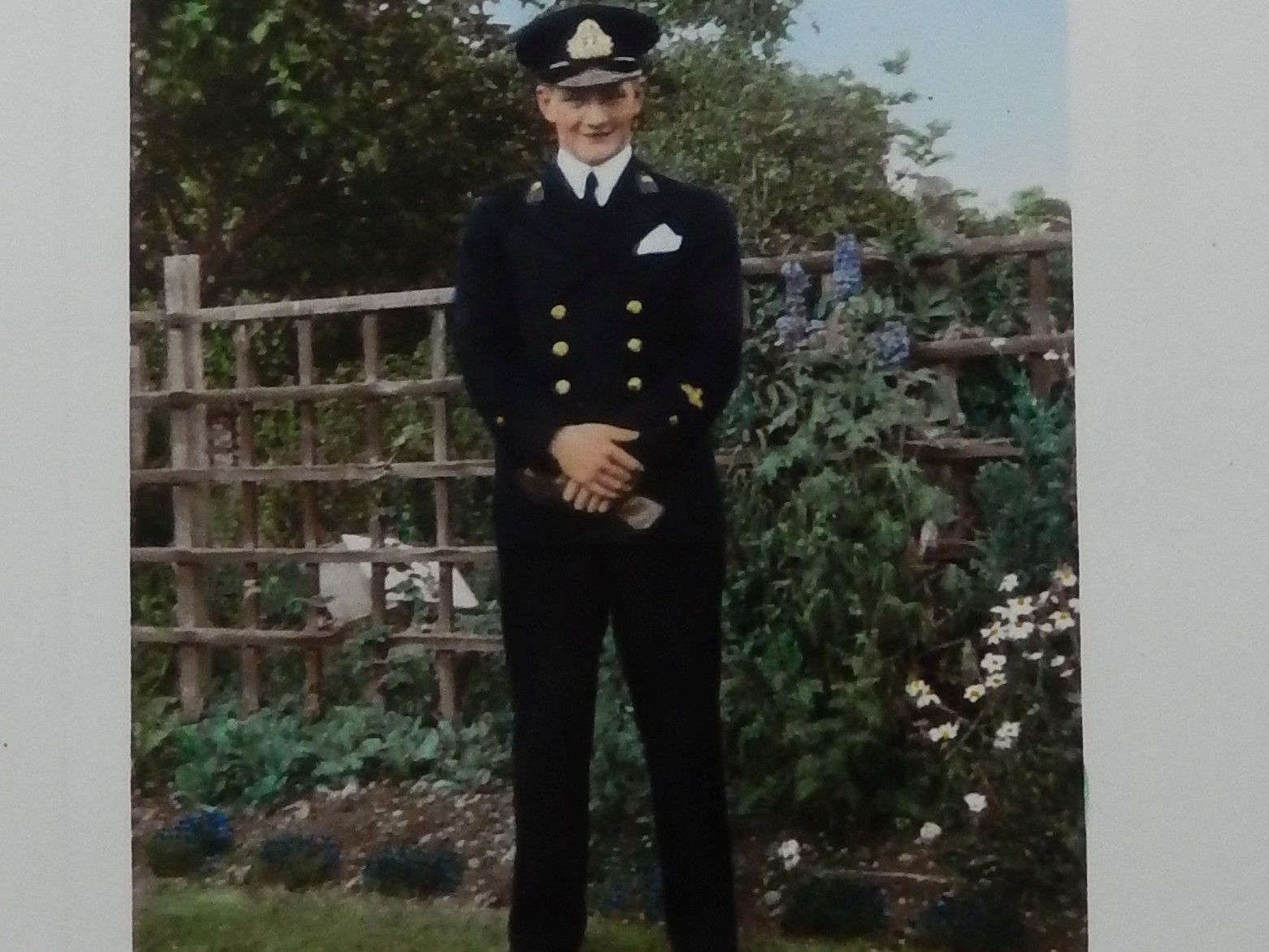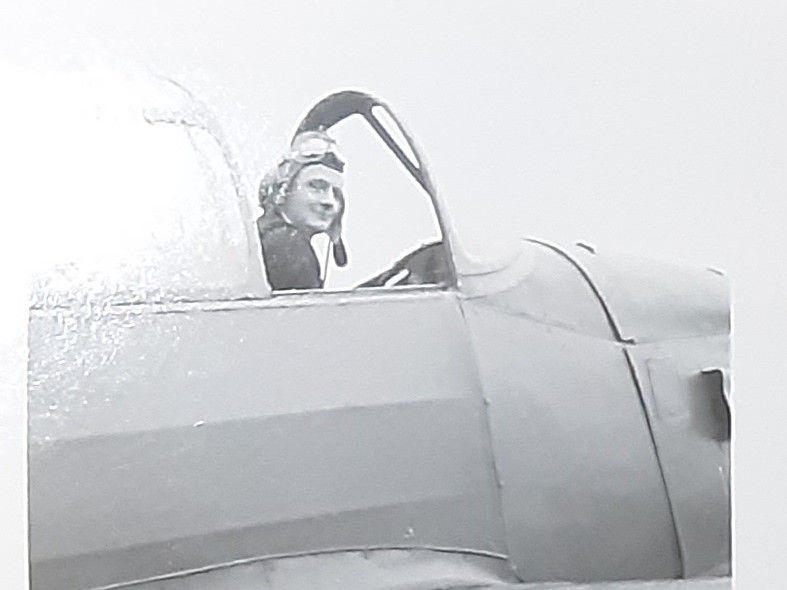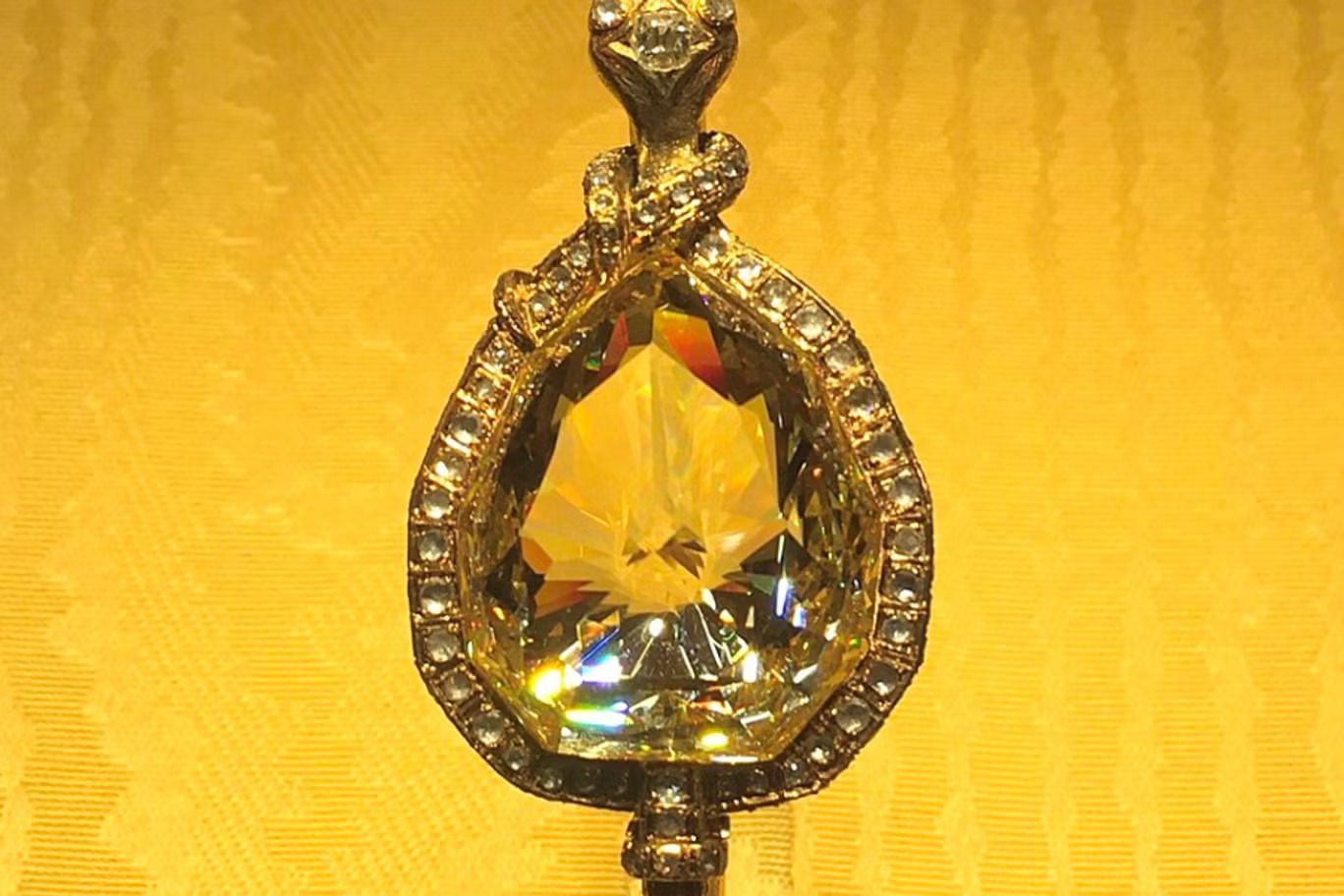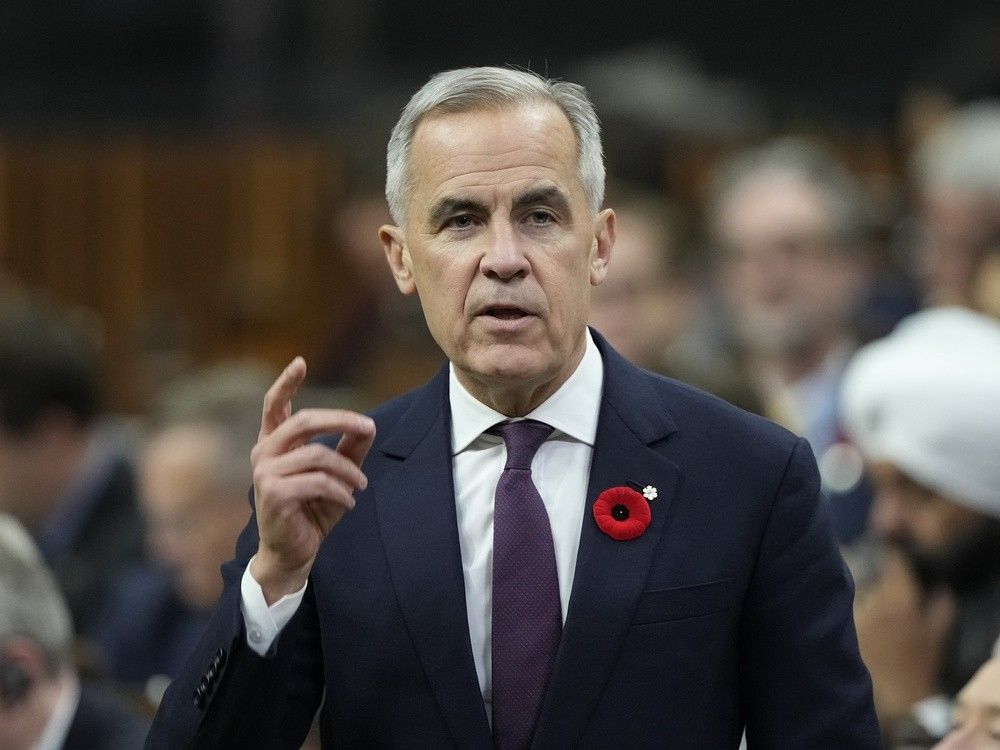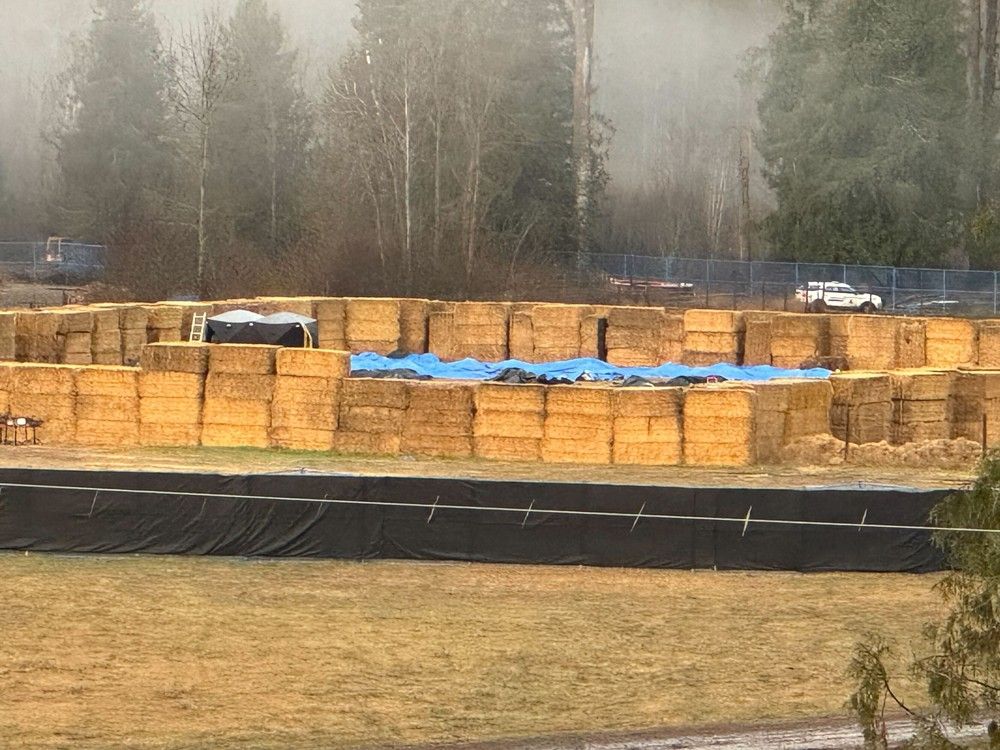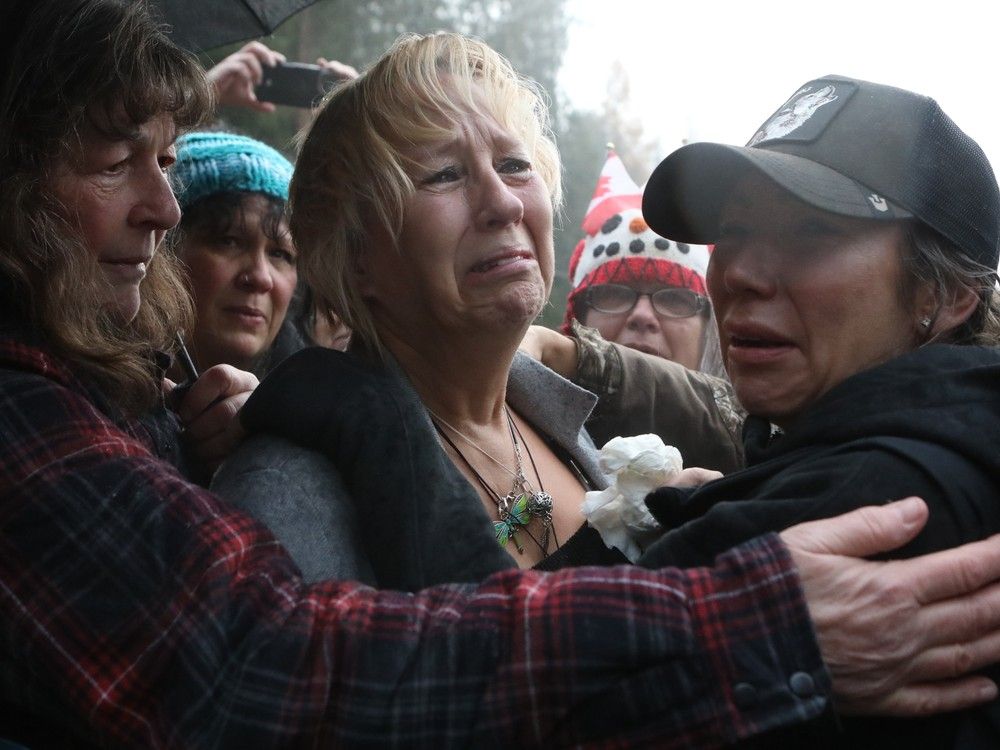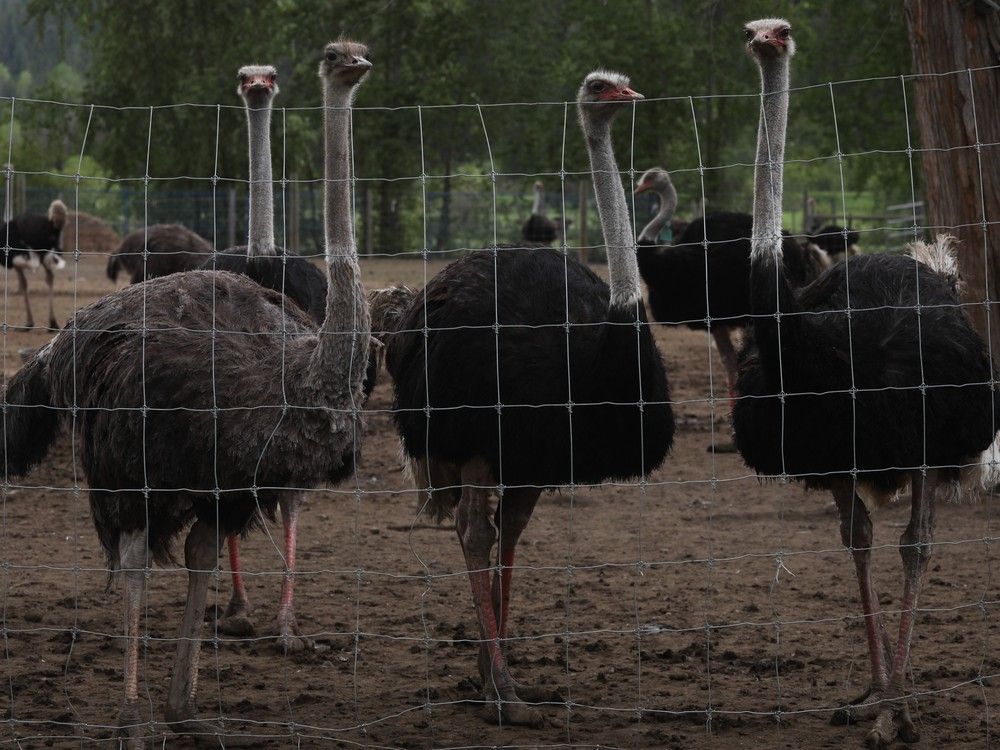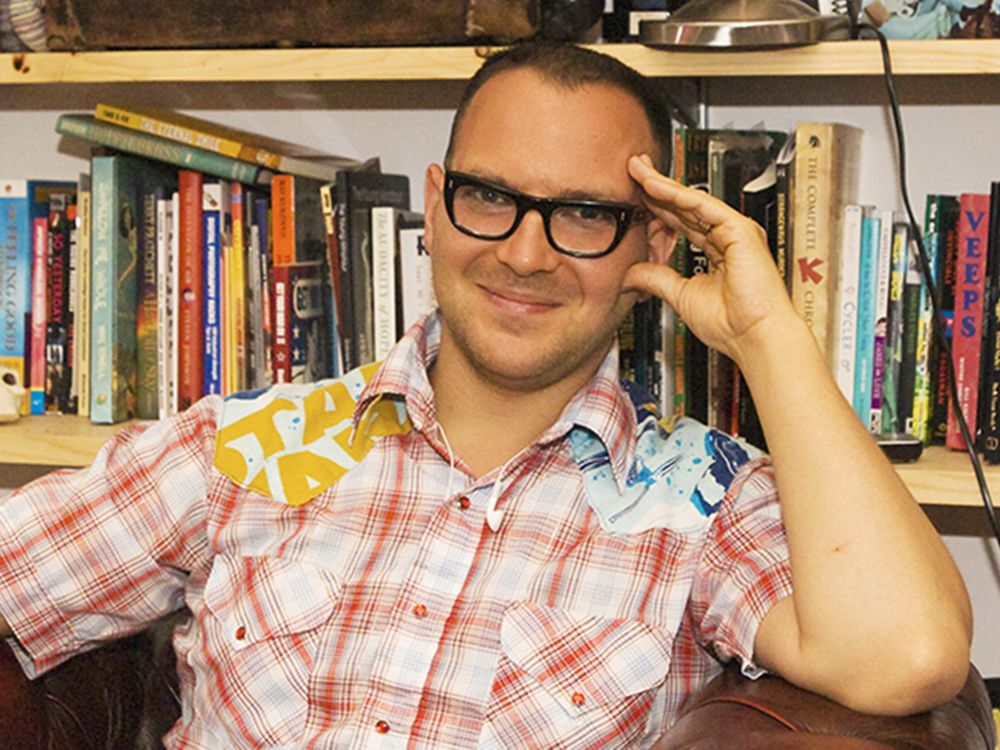
Author and activist Cory Doctorow wants you to understand why online digital platforms are failing users, and he’s fighting for a better internet. “Enshittification” — a word he coined to describe the degradation of online platforms and services — is the slightly profane albeit funny title of his latest book.
Outspoken, prescient and very clever, Cory has spent a quarter of a century explaining abstract digital concepts to non-geeks like me. And now he’s whipping heads across North America, the U.K. and Portugal, in a fast-paced book tour.
When we connect online for this conversation, Cory appears on my computer screen, game for a deep-dive into the state of the digital world, but visibly weary. He’s just landed in Seattle for an event; the next day, he’s off to the Vancouver Writer’s Festival. From there, it’s the red-eye flight to Montreal to deliver a keynote for The Attention Forum: Govern or be Governed conference, hosted by Montreal’s Centre for Media, Tech and Democracy. Evan Solomon, a creature of legacy broadcasting and now Canada’s minister of artificial intelligence and digital innovation, features large at the Montreal confab.
Despite the fatigue, this 54-year-old defender of freedoms in the electronic frontier is laser-focused and remarkably witty. Born in Toronto, and now living in Los Angeles, Cory isn’t just spewing stories of digital woe. He’s paying close attention to what’s unfolding in Canada in the tech and AI sectors, knows what’s not working and why, and has ideas on what can be done to not just fix the bugs but re-imagine digital public infrastructure.
First question from me: “What does enshittification look like in Canada?” (Try saying that word without chuckling). The country had several opportunities to lead as a global digital force to be reckoned with, Cory agrees, and in his view, “we dropped the ball on market concentration.”
“The Competition Bureau has, through almost all of its history, until last year when we got a new bill out of Parliament, been, I think, the weakest competition bureau in the world,” Cory declares, emphatically. It’s hard to refute his assessment: The merger of Shaw and Rogers, two very large telecoms in Canada, was made official in 2023, the year before Canada’s competition law was modernized.
“Wouldn’t you think, at the very least, Canada would have a robust domestic network platform available by now?” I ask. Gander Social, a made-in-Canada social media platform, designed as an alternative to large U.S.-based companies, is only now being beta tested.
“There are any number of people who would like very, very much to host a few thousand of their friends on a little Mastodon or Blue Sky server that can talk to all the other ones, and everyone can be in a conversation,” Cory counters.
“We don’t all have to be on the same server,” Cory continues. “If there’s one thing we learned from the Amazon outage, it’s that putting everyone on the same server is an incredibly bad idea, right? So we can all be on different servers in the same way we’re all on different email servers, drive on different roads. We have to live in different cities; we don’t all have to be in the same place to all talk to each other and be part of a single digital network. That’s what networks are, right?
“You know, what we don’t have, the lacuna in this plan, the thing that we need public investment in, is not the bicycles on the road, it’s the bike lanes, it’s the infrastructure, and it’s the kind of thing the private sector can’t do well,” he asserts. The pain points for small businesses, communities, large businesses, cooperatives or any entity wanting to host a social media platform, Cory suggests, include things like security audits and content moderation tools.
He also recommends “some mechanism to ease people’s passage off (existing) social media and onto a new platform.” Right now, Cory explains, “you have people building these new platforms and wondering how the people on the old platforms are going to get there. This is like West Germans building housing for East Germans in West Germany, without thinking about how they’re going to get over the wall. Except that, we built the wall. We are the ones maintaining the wall. The wall is made entirely of law. The wall could be torn down with an act of Parliament at the stroke of a pen.”
In the recent federal budget, funds were allocated to support large-scale sovereign public artificial intelligence (AI) infrastructure, made-in-Canada AI tools and an office of digital transformation.
Cory has other suggestions — very bold ideas — for Ottawa to shore up our nation’s sovereignty in the digital world. “We just have to legalize reverse engineering,” he pitches, “so that we can modify these products, right?” without having to get permission from the people who make the tech. Then, he proceeds to enumerate the many ways American tech companies use digital blocks to rig the game.
My lawyer-brain is being triggered here. I believe in rule of law; the last thing I want to do is endorse theft. Some people believe that’s how Huawei killed Nortel, but I keep that thought to myself.
“You cannot make an ad blocker for an app. You cannot modify your phone so it uses a third-party app store,” he continues. “When Facebook takes the news out of your feed, you can’t modify that app so it puts the news back in your feed. When American printer companies mark the price of ink up to $10,000 a gallon, you can’t modify your printer to use generic ink.”
“If you really want to get back at Elon Musk, don’t bitch about the Nazi salute,” he chuckles, “Make it legal for Canadian mechanics to jailbreak Teslas so that all the software upgrades, all the subscription features, can be had for one price that is between you and a mechanic in Canada without one dime going to America.”
“Make it legal…to jailbreak Teslas!” My brain is throbbing.
Cory’s exploding with facts and figures and ideas; at times, he speaks so quickly, I ask him to repeat himself. “In CUSMA (Canada-U.S.-Mexico Agreement),” he reiterates, “there’s a rule that says it is an unfair trade practice to add to your procurement RFP a provision that says you have to disclose source code, algorithmic details.” He’s recommending that Ottawa renegotiate that rule.
“Twenty years ago today,” he reports, “we saw the first filing in a Florida court by someone who wanted to see the source code for the breathalyzer that he said falsely claimed he was driving drunk, right? And I think that’s a perfectly fair thing to do, right? If they did a blood test, you’d be able to audit the results, right? If there’s software involved, you should be able to audit the software. Otherwise, there is no legitimacy to that process.”
Cory’s also saying very provocative things about AI. His most-memorable quip: “AI is the asbestos we are shovelling into the walls of our society and our descendants will be digging it out for generations.” While he sees the merits of AI to support the work of radiologists or lawyers or software engineers — or nearly anyone — he doesn’t believe AI can do the job. “But,” he warns, “an AI salesman can 100 per cent convince your boss to fire you and replace you with AI.”
Cory’s mastered the art of communicating big, complex ideas in entertaining ways. Although his ideas are jarring, I recognize, with all his banter, he’s challenging us to understand the facts about the digital world and ask tougher questions, including, perhaps most significantly: If we comprehend the extent of the rent extraction by Big Tech, “is the juice worth the squeeze?”
Our website is the place for the latest breaking news, exclusive scoops, longreads and provocative commentary. Please bookmark nationalpost.com and sign up for our newsletters here.




